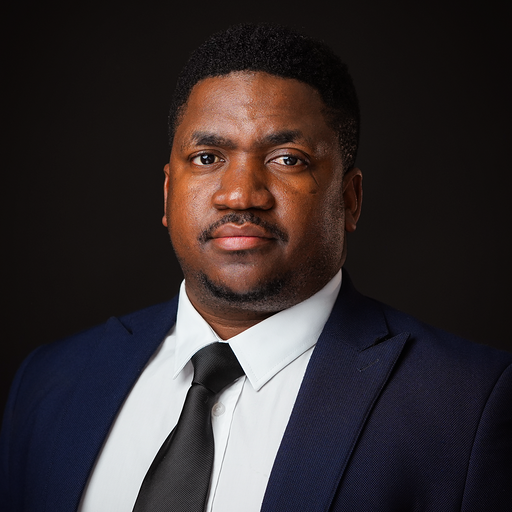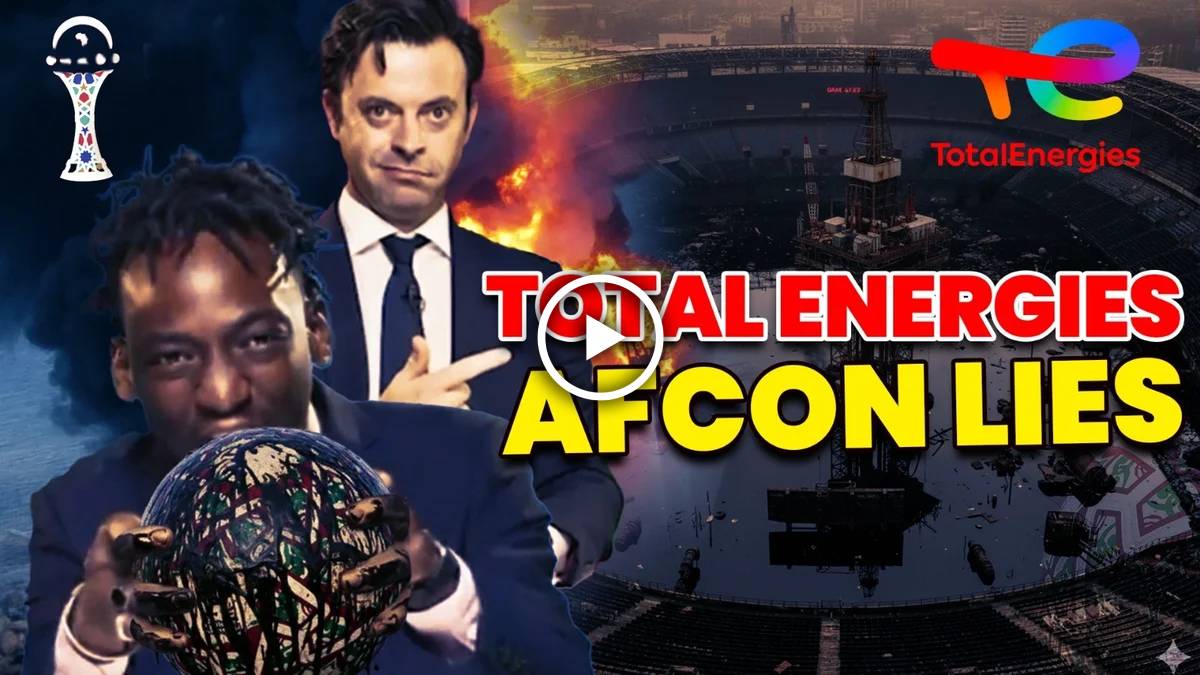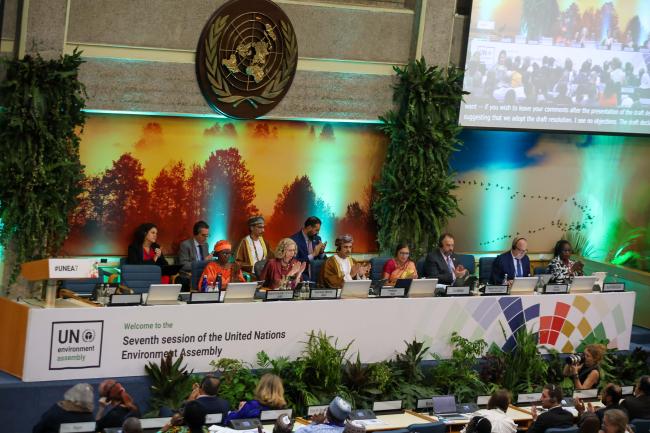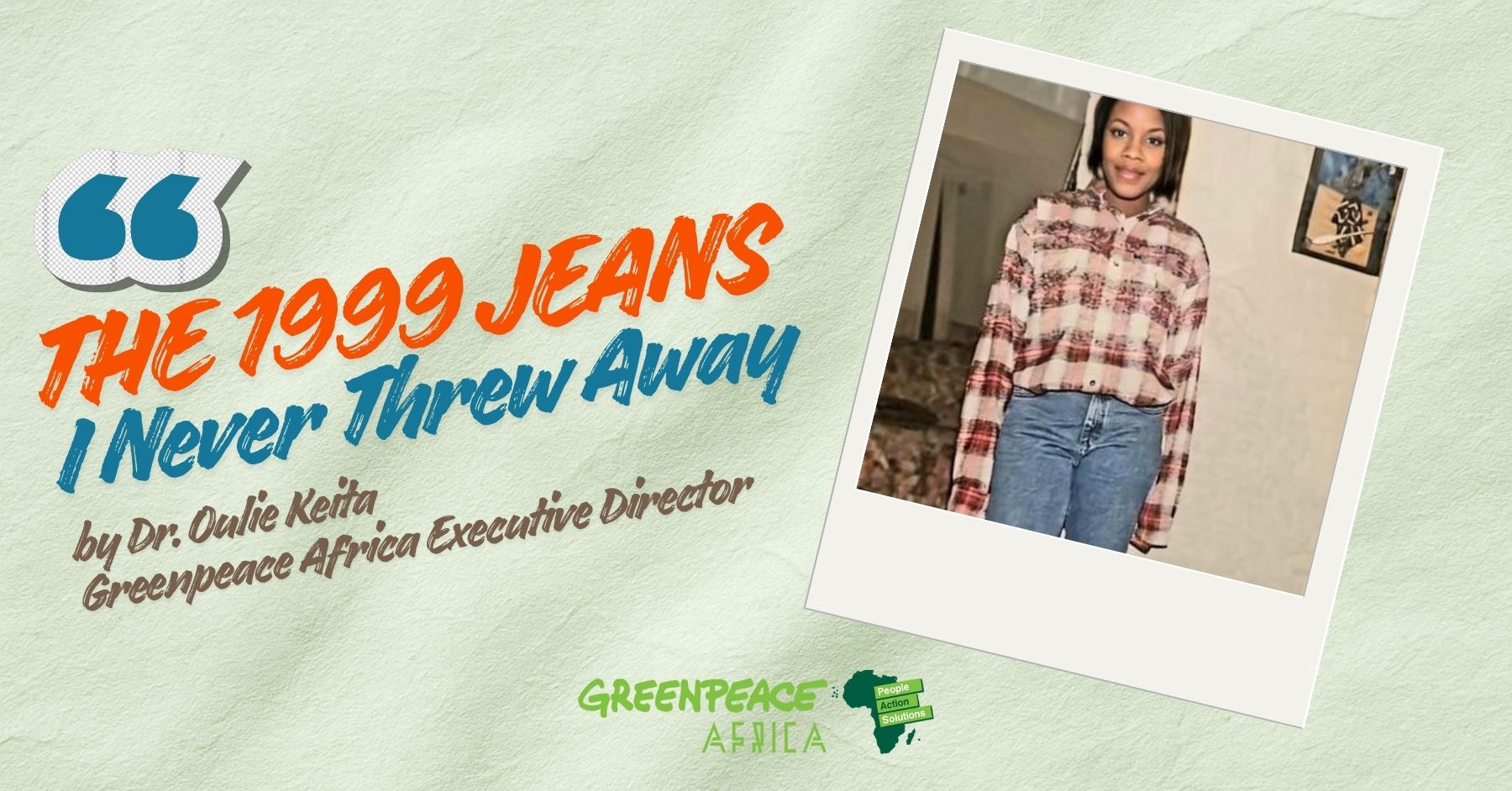In June, the United States brokered what appeared to be a diplomatic breakthrough: a peace agreement between the Democratic Republic of Congo (DRC) and Rwanda. The deal outlines joint security measures, disarmament, and reintegration of armed groups – on paper, a move toward ending decades of conflict in eastern DRC. But beneath the surface lies a troubling pattern: the exchange of security for mineral access, echoing colonial-era exploitation that undermines African sovereignty.
This new deal, also backed by Qatar, is touted as a regional solution requiring coordination within 30 to 90 days. Yet, despite efforts by the East African Community and the Southern African Development Community, thousands have been killed or displaced this year alone. What’s more concerning is the inclusion of a clause facilitating U.S. access to the DRC’s critical mineral reserves (cobalt, lithium, tantalum, and copper) essential to the global green transition.
U.S. President Donald Trump openly stated, “We’re getting… a lot of the mineral rights from the Congo as part of it.” This statement reveals the deal’s core contradiction: peace, not as a human right, but as a transaction brokered in Washington for access to minerals, not justice for affected communities.
A familiar story: peace in name, exploitation in practice
The DRC’s mineral-rich region has long suffered the costs of extraction without reaping its benefits. History shows us that foreign-led peace deals rarely address root causes or prioritize local voices. This one is no different: signed by foreign ministers, it excluded armed groups and, most importantly, the voices of those on the frontlines.
Just earlier this year, U.S. aid cutbacks left 250,000 displaced Congolese without access to water. How can the same actors now claim to lead on peacebuilding? Without transparency, local ownership, and justice, this peace process is fragile at best, and extractive at worst.
A challenge to the Africa mining vision
The deal also starkly contradicts the Africa Mining Vision (AMV), which turned 16 this year. The AMV calls for Africa’s minerals to drive inclusive, sustainable industrial development. Instead, this bilateral agreement bypasses African Union (AU) frameworks, undermines the AMV domestication agenda, and ignores the goals of the African Continental Free Trade Area (AfCFTA). Rather than advancing local beneficiation or industrialization, the deal re-entrenches extractive models that funnel Africa’s minerals to the Global North under the guise of green growth. If the AMV is to avoid becoming a vision deferred, Africa must reclaim agency over its mineral governance frameworks.
Where is the UN’s HLEAG?
The UN Secretary-General’s Panel on Critical Energy Transition Minerals was created to champion equity, sustainability, and human rights in mineral supply chains. Its report, Resourcing the Energy Transition, urged the creation of a High-Level Expert Advisory Group (HLEAG) to safeguard producing countries from geopolitical exploitation.
But in a joint letter, more than 300 organizations have now expressed concern over delays in launching this group. The timing could not be more urgent. As the U.S.-DRC-Rwanda deal demonstrates, the absence of governance guardrails allows powerful nations to write their own rules in Africa’s most resource-rich and unstable region.
South Africa’s G20 Presidency: a moment for leadership
In 2025, South Africa assumes the G20 Presidency under the theme of solidarity, equality, and sustainability. This presents a historic opportunity to shift the global narrative on energy transition minerals. African civil society, including the ACG20 (Africa CSO G20 Climate, Energy and Sustainable Finance Group), is pushing for a people-centered, just energy transition to be central to the G20 agenda. South Africa and the AU must now rise to the occasion. By championing the Africa Green Minerals Strategy and demanding implementation of the UN panel’s recommendations, they can reshape mineral governance to reflect African priorities, not external interests.
The call for a just peace
Peace cannot be negotiated behind closed doors in Washington or Doha. It must be rooted in inclusive regional dialogue, environmental justice, and economic sovereignty. True peace means communities in eastern DRC are heard, respected, and benefit from the resources under their feet and not sacrificed in yet another minerals-for-security exchange.
The AU, which played a mediation role in the peace talks, must do more. It must insist that resource justice is embedded in every agreement it endorses. Without this, the continent risks repeating cycles of conflict cloaked in the language of progress.
Conclusion
The US-DRC-Rwanda deal represents more than a diplomatic moment. It is a litmus test for Africa’s ability to assert its sovereignty in an era of transition mineral geopolitics. As history threatens to repeat itself, African institutions, governments, and civil society must act with urgency to ensure that this is not just another chapter in a long story of resource exploitation.
Peace is not a transaction. It is a right. And it must not come with strings attached to cobalt, copper, or lithium.

Koaile Monaheng
Pan African Political Strategist



